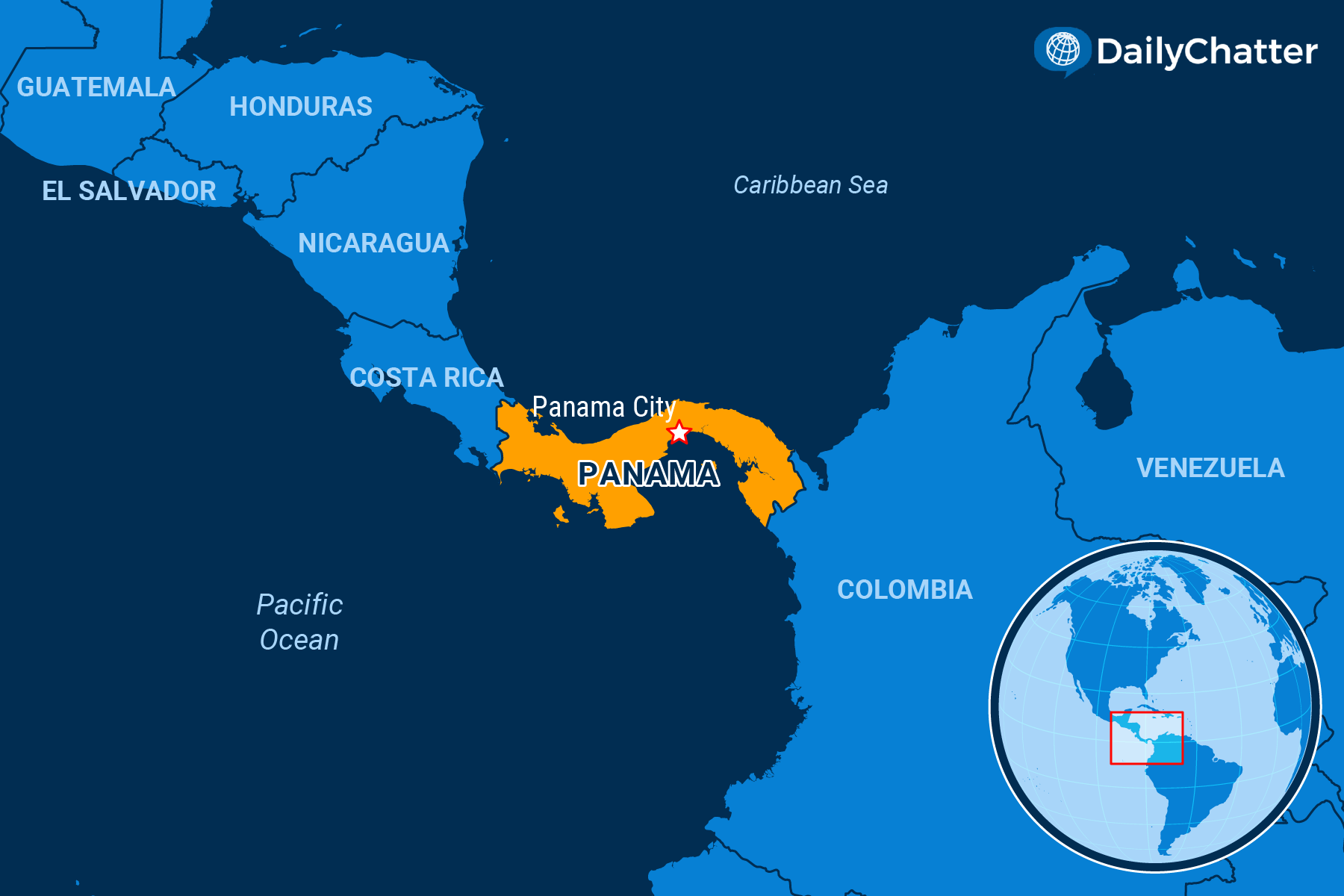Need to Know
October 09, 2023Isthmus, Jammed
Panama

|
Listen to Today's Edition
|
Officials operating the Panama Canal recently capped the number of ships passing through the commercial waterway to 31 a day, compared with 32 in August and an average of 36 a month, due to a drought that lowered water levels.
This seemingly minor change matters because around 6 percent of global trade, including about 40 percent of the supply containers from Northeast Asia to the US East Coast, passes through the waterway connecting the Atlantic and the Caribbean to the Pacific Ocean.
Rain in the Central American country has been insufficient to keep the shipping lane from conveying as many vessels as normal, which under ordinary conditions could hit 38 ships per day, reported the Associated Press. The Panama Canal uses fresh water from Lake Gatun, an artificial lake, to maintain water levels in the canal. (Seawater, in contrast, flows through the Suez Canal.)
As Lake Gatun’s depth plummeted in the drought, ships were waiting in line for nine days to enter the canal; when operating at full capacity the wait is usually two-and-a-half days, wrote Insider. Canal operators estimated they would lose $200 million due to the delays.
Petroleum products, furthermore, are the primary commodities that shippers bring through the canal, the Council on Foreign Relations added. Limited canal traffic therefore puts upward pressure on fuel prices and inflation at a time when central bankers in the West are hiking interest rates to tamp it down.
The problem has been ongoing for months. As the Washington Post explained, the crisis is yet another body blow to supply chains that are now girding for the Christmas shopping season after the brutal few years of the pandemic, Russia’s invasion of Ukraine, and other disruptions. This crisis, however, is squarely related to climate change, officials say.
“The main impacts of climate change in Panama are related to the increase in the number, intensity and variability of extreme precipitation events, severe droughts and high temperatures,” said Piedad Martin, the United Nations Environment Programme’s deputy regional director for Latin America and the Caribbean.
Panama and other members of the international community are taking action to address the situation. The watershed that feeds the canal also supplies water to Panama City, the capital, where half the country’s population of 4 million people live.
Panama assumed control of the canal from the US in 1999. The Panamanian government has turned to the American government agency that originally built the canal, the US Army Corps of Engineers, to divert four rivers into the canal and the Panama City watershed over the next 10 years.
Renewing an engineering wonder of the world is no small task.
Not already a subscriber?
If you would like to receive DailyChatter directly to your inbox each morning, subscribe below with a free two-week trial.
Support journalism that’s independent, non-partisan, and fair.
If you are a student or faculty with a valid school email, you can sign up for a FREE student subscription or faculty subscription.
Questions? Write to us at hello@dailychatter.com.

